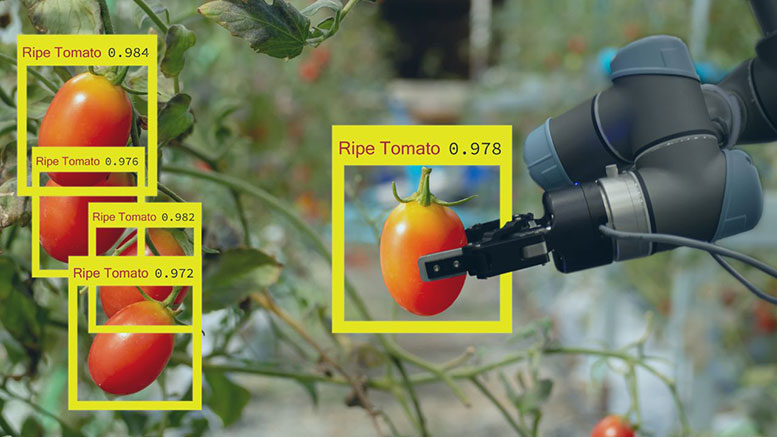Table of Contents
Introduction to YOLO Algorithm
You Only Look Once (YOLO) is an object detection algorithm that has revolutionized the field of computer vision. Developed by Joseph Redmon and Ali Farhadi in 2016, YOLO is known for its speed and accuracy in detecting objects in images and videos in real-time. The YOLO algorithm is widely used in applications such as autonomous driving, surveillance, and image recognition.
How YOLO Algorithm Works
Unlike traditional object detection algorithms that divide an image into grids and run multiple classifiers to detect objects, YOLO takes a different approach. YOLO treats object detection as a single regression problem, where a single neural network predicts the bounding boxes and class probabilities for the objects in an image.
The YOLO algorithm divides the input image into a grid of cells and predicts bounding boxes and class probabilities for each cell. Each cell in the grid is responsible for predicting bounding boxes for objects whose center falls within the cell. The bounding boxes include the coordinates of the top-left corner, width, height, and confidence score for each object.
The YOLO algorithm also predicts class probabilities for each bounding box, indicating the likelihood that the object belongs to a particular class. The class probabilities are used to classify the objects detected in the image.
Architecture of YOLO Algorithm
The YOLO algorithm consists of a deep convolutional neural network that is trained on a large dataset of labeled images. The neural network is divided into two parts: a feature extractor and a detection network. The feature extractor is responsible for extracting features from the input image, while the detection network predicts the bounding boxes and class probabilities for the objects in the image.
The YOLO algorithm uses a single neural network to perform both feature extraction and object detection, making it faster and more efficient than traditional object detection algorithms. The YOLO algorithm is trained end-to-end on a large dataset of labeled images, allowing it to learn the features and patterns necessary for accurate object detection.
Benefits
The YOLO algorithm offers several benefits over traditional object detection algorithms. One of the main advantages of YOLO is its speed and efficiency in detecting objects in real-time. YOLO can process images and videos at a much faster rate than other object detection algorithms, making it ideal for applications that require real-time object detection.
Another benefit of the YOLO algorithm is its accuracy in detecting objects in images and videos. YOLO has been shown to outperform other object detection algorithms in terms of accuracy and precision. The YOLO algorithm can detect objects of various sizes and shapes with high accuracy, making it suitable for a wide range of applications.
Applications of YOLO Algorithm
The YOLO algorithm has been widely adopted in various applications, including autonomous driving, surveillance, and image recognition. In autonomous driving systems, YOLO is used to detect pedestrians, vehicles, and other objects on the road to ensure the safety of the vehicle and its passengers.
In surveillance systems, YOLO is used to detect and track objects of interest in real-time, such as persons of interest or suspicious activities. YOLO can be used to monitor crowded areas, public spaces, and sensitive locations to enhance security and prevent potential threats.
In image recognition applications, YOLO is used to classify objects in images and videos, such as animals, plants, and everyday objects. YOLO can be used in image search engines, e-commerce platforms, and social media applications to improve the accuracy and efficiency of object recognition.
Conclusion
The YOLO algorithm is a powerful and efficient object detection algorithm that has revolutionized the field of computer vision. With its speed, accuracy, and versatility, YOLO is widely used in various applications, including autonomous driving, surveillance, and image recognition. The YOLO algorithm continues to evolve and improve, making it a valuable tool for researchers, developers, and engineers in the field of computer vision.
